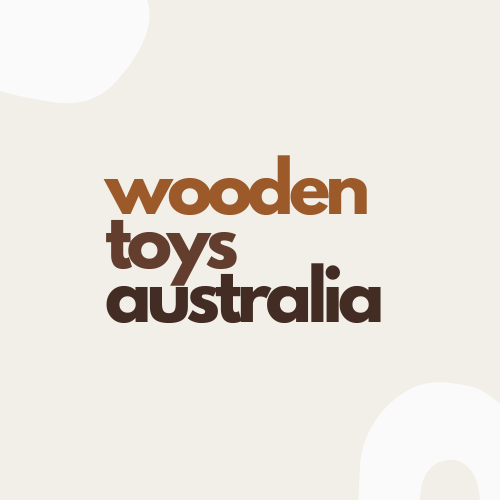
Let's talk about toy rotation!
Toy rotating is simply having a set amount of toys on display for your child and storing away the remaining toys.
One of the most common reasons to do this is to keep toys fresh. Think about the last time you took your child to a friend's house, a cafe with toys, even daycare! Did they get so excited play with toys they've never seen before?
Benefits of Toy Rotation:
1. Organisation: displaying 6-10 toys reduces clutter and makes tidying up more manageable for you child. This creates a daily opportunity to teach children about organisation skills and tidy play habits. Additionally, an organised and tidy play space creates a more enjoyable environment for play.
2. Sustained Engagement: toy rotation makes old toys new and exciting again, preventing boredom and monotony. When toys feel new and exciting, children are more likely to explore, experiment, and learn.
3. Development of Focus: fewer toys limit distraction to allow your child to engage with each toy with greater focus. Over time, this practice can help improve attention span and the ability to stay engaged in activities for longer periods while also mastering new skills.
4. Promotes Creativity: with a limited selection of toys, children will explore new scenarios, storylines or ways to use the toys in their current rotation. This is especially true with open ended toys, such as blocks or Montessori style toys.
5. Longevity & Sustainability: distributing wear and tear evenly among toys helps to keep toys in better condition. This extends the lifespan of toys and maximises their value. Toy rotation promotes sustainability by reducing waste and minimizing the environmental impact associated with excessive toy consumption.

Here's some of our favourite toys to rotate:
This set of gorgeous blocks will offer young children hours of fun as they stretch their imagination. Block play promotes imagination, problem solving, basic math concepts (measurement, balance, counting) and requires both fine and gross motor skills.
"This lovely set arrived only a few days after ordering it and my son has been very excited about it. We have been building castles, car garages, bridges, you name it.
The quality is amazing and the blocks have a nice smooth feel.
Definitely a winner!" - Customer Review
The quality is amazing and the blocks have a nice smooth feel.
Definitely a winner!" - Customer Review
A set of 40 wooden letters to build and create words. Perfect for early literacy learning and helping your child to learn letter recognition.
"I love this word building set. Perfect for my child who is learning letters recognition and will last many years to come when learning to read and write." - Customer Review
Board games engage a range of social skills such as cooperation, sharing and patience in turn-taking. They require decision making and critical thinking as well as promoting fine motor development as your child slides the disc in their chosen space.
Completing puzzles takes some time and patience. Practicing patience is one of the best benefits children gain through completing puzzles. Puzzles promote the development of hand-eye coordination, concentration and visual perception as children try to fix the pieces of the puzzle together.
Tip: display puzzles unsolved in a basket (like in the photo above) as this is more inviting to your child, providing them the opportunity to solve and complete a task.
Research show babies and toddlers who are exposed to music perform better in areas such as language development, speech, listening and reading skills!
Rotating a variety of musical toys allows your child the opportunity to develop varying skills from fine motor development to rhythm and creativity.
You may also be interested in: